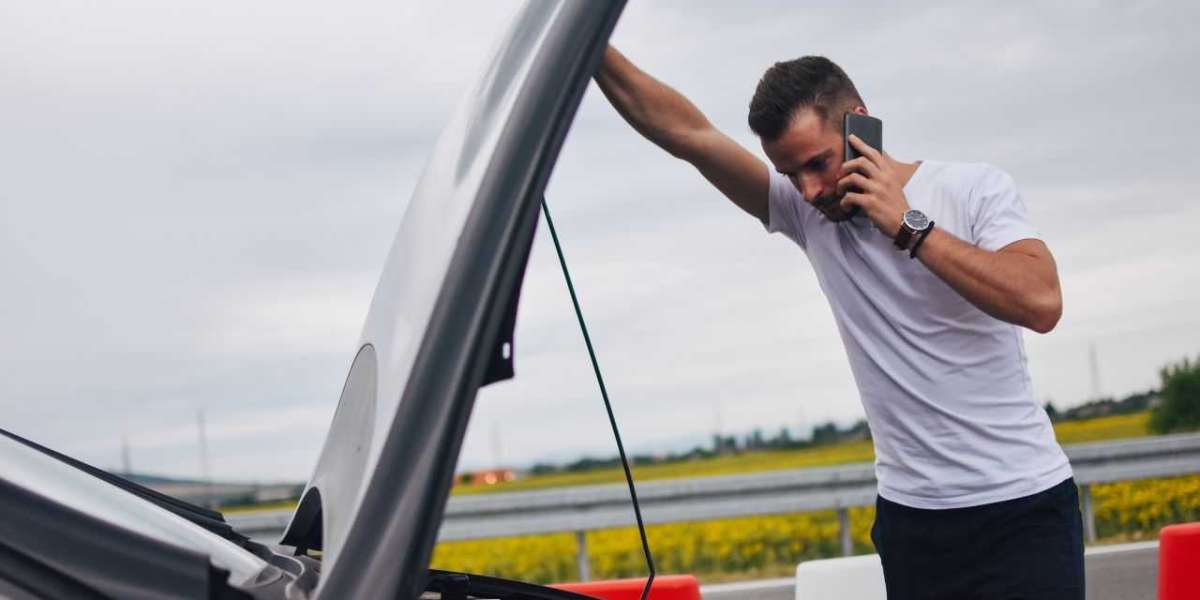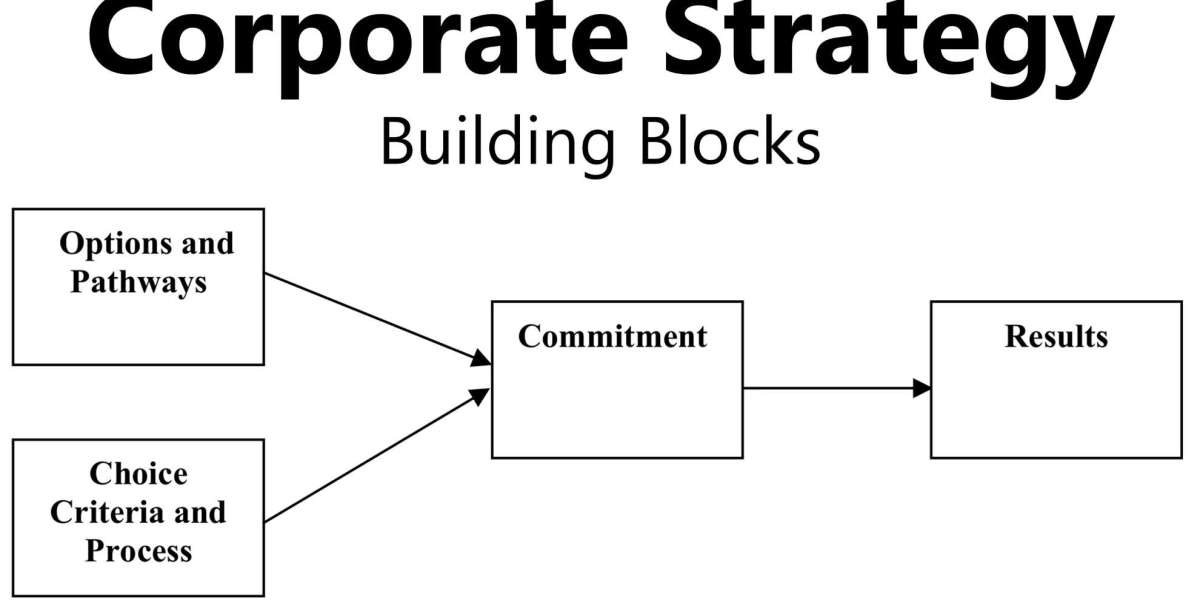Experiencing a vehicle breakdown on the road is stressful, inconvenient, and potentially dangerous. It often happens unexpectedly and leaves drivers feeling uncertain about the next steps to take. Whether you are on a busy highway or a quiet street, knowing exactly what to do in such situations is crucial for your safety and the safety of others. One of the most important lifelines in these moments is roadside assistance, which provides professional help when you need it most.
Understanding the Importance of Immediate Action
A vehicle breakdown can escalate into a serious situation if not handled properly. Acting quickly and calmly ensures you remain safe, avoid obstructing traffic, and prevent further damage to your vehicle. Roadside assistance is designed to support drivers in these exact scenarios, but before help arrives, your actions are critical.
Step 1: Stay Calm and Assess the Situation
The first step when your car breaks down is to remain calm. Panic can lead to poor decision-making and unsafe actions. Take a moment to assess what is happening. Listen for unusual sounds, check for smoke, or observe if warning lights are illuminated on your dashboard.
Understanding the issue may help you communicate effectively with a roadside assistance provider, ensuring quicker and more accurate help.
Step 2: Signal and Move to Safety
If possible, steer your vehicle to the side of the road or a safe location away from traffic. Turn on your hazard lights immediately to alert other drivers. This is especially important at night, in poor weather, or on highways where vehicles travel at high speeds.
If your car cannot move, stay inside the vehicle with your seatbelt fastened until it is safe to exit. Safety should always be the priority in breakdown situations.
Step 3: Make Your Vehicle Visible
Once stopped, increase visibility to prevent accidents. Along with hazard lights, use reflective triangles or flares if you have them in your emergency kit. These tools warn approaching drivers of your stationary vehicle, giving them time to slow down and avoid potential collisions.
Making your vehicle as visible as possible is a simple but effective step that enhances safety.
Step 4: Contact Roadside Assistance
After ensuring your safety, the next step is to call roadside assistance. Professional providers offer services such as towing, battery jump-starts, tire replacement, or fuel delivery. Their expertise ensures that the situation is handled quickly and efficiently.
Keep your roadside assistance provider’s contact details saved in your phone or vehicle. If you have a membership or coverage through your insurance, provide your exact location, describe the issue, and follow their instructions.
Step 5: Stay Inside and Wait for Help
It may be tempting to inspect the vehicle or attempt repairs, but if you are not trained or equipped, this can be dangerous, especially on highways. It is generally safer to stay inside your vehicle with the doors locked until help arrives.
Professional roadside assistance teams are trained to manage breakdowns in all conditions, reducing risks for you and other road users.
Common Reasons for Vehicle Breakdowns
Breakdowns can happen for many reasons, and being aware of these can help you take preventive measures.
Battery Failure
Batteries can die unexpectedly, particularly in extreme weather. Roadside assistance often provides jump-start services to get you back on the road.
Flat Tires
Sharp objects, worn-out treads, or sudden pressure loss can cause flat tires. Roadside professionals can replace or repair the tire safely.
Engine Problems
Overheating, oil leaks, or mechanical failures can stop your car from running. Such issues usually require towing and expert repair.
Fuel Issues
Running out of fuel or using the wrong type can leave you stranded. Roadside assistance often includes emergency fuel delivery.
Electrical Failures
Modern cars rely heavily on electrical systems. Malfunctions in these areas can cause sudden breakdowns, requiring expert attention.
How to Stay Prepared for Breakdowns
While breakdowns cannot always be avoided, preparation can make the experience less stressful.
Carry an Emergency Kit
Include items like a first-aid kit, flashlight, reflective vest, water, and basic tools. These essentials can help you stay safe while waiting for assistance.
Regular Vehicle Maintenance
Routine servicing reduces the risk of breakdowns. Check your battery, tires, fluids, and brakes regularly to ensure your car is in good condition.
Keep Important Contacts Handy
Save the number of your roadside assistance provider, insurance company, and emergency services. Quick access can save valuable time during a breakdown.
Learn Basic Car Troubleshooting
Understanding simple tasks, such as checking tire pressure or oil levels, can help you manage minor issues without panic.
The Role of Roadside Assistance in Emergency Situations
Roadside assistance is more than just a convenience; it is a critical safety service. It provides:
- Peace of Mind: Knowing help is just a phone call away reduces stress.
- Professional Expertise: Trained technicians handle issues efficiently and safely.
- 24/7 Availability: Many providers operate around the clock, ensuring help is always accessible.
- Wide Range of Services: From towing to jump-starts, roadside assistance covers many common emergencies.
For travelers who often drive long distances or through unfamiliar routes, having roadside assistance is not optional—it is essential.
Staying Safe on Highways
Highway breakdowns are particularly dangerous due to high traffic speeds. If your vehicle stops working on a highway:
- Move as far onto the shoulder as possible.
- Exit the car from the side away from traffic if you must leave the vehicle.
- Stand behind guardrails or barriers if you wait outside.
- Use roadside assistance instead of attempting repairs yourself.
Following these steps minimizes risk while ensuring professional help can find you quickly.
Roadside Assistance as Part of Travel Planning
Many drivers overlook roadside assistance when planning long trips. Just as you plan your route, fuel stops, and accommodation, you should also ensure your roadside assistance plan is active.
This integration of travel and emergency preparedness creates confidence and security for every trip.
Why Immediate Action Matters
Delaying action during a breakdown increases risks. Vehicles left in traffic lanes or poorly signaled can cause accidents. Calling roadside assistance promptly ensures professional intervention before the situation worsens.
Immediate steps also protect your vehicle from further damage. Driving on a flat tire, for example, can cause serious wheel damage, while ignoring overheating may destroy your engine.
Final Thoughts
Vehicle breakdowns can be unpredictable, stressful, and dangerous if not handled properly. Knowing exactly what to do—staying calm, signaling, moving to safety, and contacting roadside assistance—is key to managing such situations effectively.
Roadside assistance provides professional support, peace of mind, and timely help in emergencies, making it an indispensable service for every driver. By preparing in advance, practicing safe responses, and relying on expert help, you ensure that breakdowns become manageable setbacks rather than major crises.
Every driver should remember: safety comes first, and roadside assistance is your most reliable partner when your vehicle breaks down on the road.






